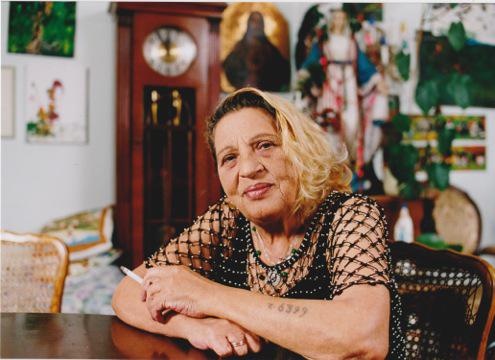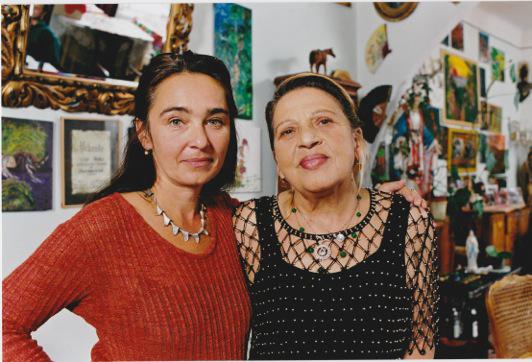The green, green grass beneath
Ceija Stojka survived. As a child she was an inmate in Nazi death camps. Auschwitz and Ravensbrück. And Bergen-Belsen, where she and her mother were liberated by Allied troops. That was 1945, 60 years ago. And while the Republic of Austria has declared 2005 to be a "year of remembrance" – 60 years since WWII ended, 50 years after signing of the State Treaty – and is celebrating its own existence, the now 72-year old Roma woman Ceija Stojka recollects her time in Bergen-Belsen on camera.
In Karin Berger´s film entitled Unter den Brettern hellgrünes Gras (The green green grass beneath) she talks about the horrors of her experiences with uncompromising directness and a vital presence: the strategies she was forced to develop to avoid being murdered or starving, her experiences at liberation, and the difficulty she had trying to return to her daily life after Bergen-Belsen.
The many years of friendship between Ceija Stojka and the filmmaker, Karin Berger, made the filming of this passionate report of survival possible: Over the past 20 years there have been two autobiographies and a feature film (Ceija Stojka, 1999). Unter den Brettern hellgrünes Gras too documents an encounter: a mostly "spoken" film, framed in raw, intense images, and structured as a compact narrative with spare means (inserts, atmospheric sequences).
Unter den Brettern hellgrünes Gras confidently dispenses with the conventional "images of horror" and confronts the audience with language´s evocative power and the complexity of personal experiences. A historical document, a portrait of society. (Constantin Wulff)
Translation: Steve Wilder
Unter den Brettern hellgrünes Gras
2005
Austria
52 min


